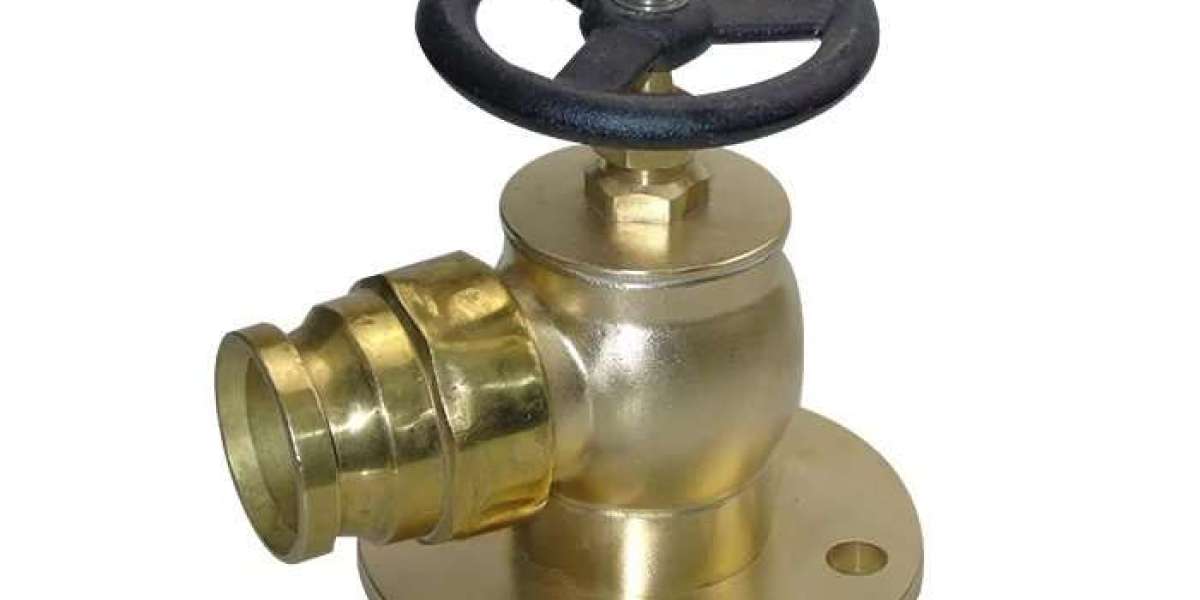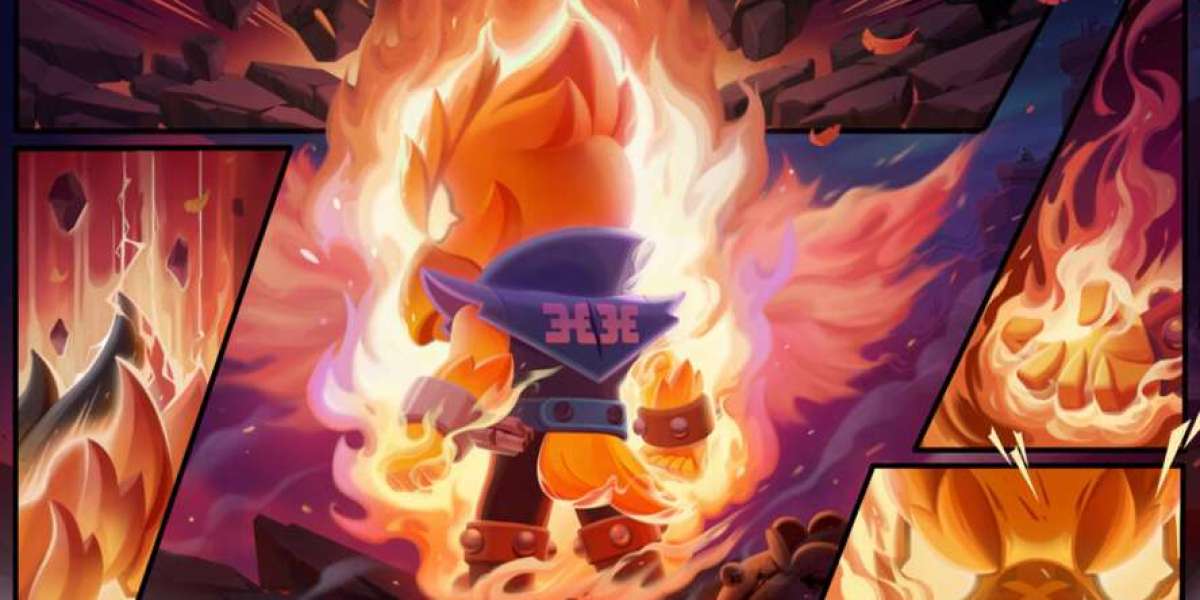Fire hydrants play a crucial role in safeguarding lives and property during emergencies. Among the various types available, the John Morris British Type Fire Hydrant stands out for its exceptional quality and reliability. In this blog post, Jingqi will delve into the manufacturing process of this renowned fire hydrant, exploring the meticulous steps involved in its creation. From the selection of materials to the final assembly, we will uncover the attention to detail and stringent quality control measures that ensure the John Morris British Type Fire Hydrant meets the highest standards of safety and performance. Join us on this journey to gain a deeper understanding of the manufacturing process behind this essential firefighting equipment.
1. Design and Engineering
The manufacturing process of the John Morris British Type Fire Hydrant begins with meticulous design and engineering. Experienced engineers and designers collaborate to create a comprehensive blueprint that encompasses all the necessary features and specifications. This stage involves considering factors such as water pressure, flow rate, and compatibility with existing fire protection systems.
Using advanced computer-aided design (CAD) software, the team develops a detailed 3D model of the fire hydrant, ensuring precise measurements and accurate representation. This digital prototype allows for thorough analysis and simulation, enabling the identification of any potential design flaws or performance issues before moving forward.
Once the design is finalized, it undergoes rigorous testing and evaluation to ensure compliance with relevant industry standards and regulations. This includes assessing its resistance to extreme weather conditions, durability, and ease of operation. The design phase concludes with the approval of the prototype, paving the way for the manufacturing process to commence.
2. Material Selection
The choice of materials is a critical aspect of manufacturing the John Morris British Type Fire Hydrant. High-quality materials are selected to ensure durability, corrosion resistance, and longevity, even in harsh environments. The main components of the fire hydrant, such as the body, bonnet, valve, and operating mechanism, are typically made from robust materials like ductile iron or stainless steel.
Ductile iron is favored for its exceptional strength and impact resistance, making it ideal for withstanding the high pressures and stresses experienced during firefighting operations. Stainless steel, on the other hand, offers excellent corrosion resistance, ensuring the fire hydrant remains functional and reliable over its lifespan.
Careful consideration is also given to the seals and gaskets used in the fire hydrant. These components are often made from materials such as EPDM (ethylene propylene diene monomer) or Nitrile rubber, which exhibit excellent resistance to water, chemicals, and temperature variations. The selection of appropriate materials for each component is crucial to ensure optimal performance and longevity of the fire hydrant.
3. Casting and Machining
The manufacturing process of the John Morris British Type Fire Hydrant involves a combination of casting and machining techniques. Casting is employed to create the main body and other large components, while machining is used to achieve precise dimensions and smooth surfaces.
The casting process begins with the creation of molds, typically made from sand or metal. The molten metal, usually ductile iron, is poured into the molds and left to cool and solidify. Once the casting is complete, the excess material, known as the gating system, is removed, leaving behind the desired shape of the component.
Machining is then employed to refine the cast components. This involves using specialized tools such as lathes, milling machines, and drills to remove any excess material, create threaded connections, and achieve the required tolerances. Machining ensures that each component fits together seamlessly and functions as intended.
Throughout the casting and machining processes, strict quality control measures are implemented to identify and rectify any defects or deviations from the specifications. Non-destructive testing methods, such as ultrasonic testing or X-ray inspection, may be employed to detect any internal flaws that could compromise the integrity of the fire hydrant.
4. Assembly and Testing
Once all the individual components have been cast and machined to perfection, the assembly process begins. Skilled technicians meticulously fit each part together, ensuring proper alignment and tight connections. The assembly of the John Morris British Type Fire Hydrant involves integrating the body, bonnet, valve, operating mechanism, and other smaller components.
During the assembly stage, various tests are conducted to verify the functionality and reliability of the fire hydrant. These tests include hydraulic pressure testing, which assesses the fire hydrant's ability to withstand high water pressures without leakage or failure. Additionally, operational tests are performed to ensure smooth valve operation and proper water flow regulation.
Furthermore, the fire hydrant undergoes corrosion resistance testing to validate its ability to withstand corrosive environments. This involves subjecting the fire hydrant to simulated corrosive conditions, such as salt spray or chemical exposure, and assessing its performance and durability.
5. Quality Control and Certification
Quality control is an integral part of the manufacturing process for the John Morris British Type Fire Hydrant. At every stage, stringent quality checks are conducted to ensure that each component meets the specified standards. This includes dimensional inspections, material composition analysis, and functional testing.
Once the fire hydrant has successfully passed all quality control tests, it is ready for certification. Independent certification bodies assess the fire hydrant's compliance with relevant industry standards and regulations, providing assurance of its safety and performance. Certifications such as ISO 9001 and UL (Underwriters Laboratories) further validate the fire hydrant's quality and reliability.
Conclusion
The manufacturing process of the John Morris British Type Fire Hydrant exemplifies the commitment to safety, reliability, and quality. From the meticulous design and engineering to the careful selection of materials, casting, machining, assembly, and testing, every step is undertaken with precision and attention to detail. The result is a fire hydrant that meets the highest industry standards and provides essential protection during emergencies. By understanding the manufacturing process behind this vital firefighting equipment, we gain a deeper appreciation for the dedication and expertise required to ensure the safety of lives and property.
https://www.harry-fire.com/Manufacturing-process-of-John-Morris-British-type-fire-hydrant.html







